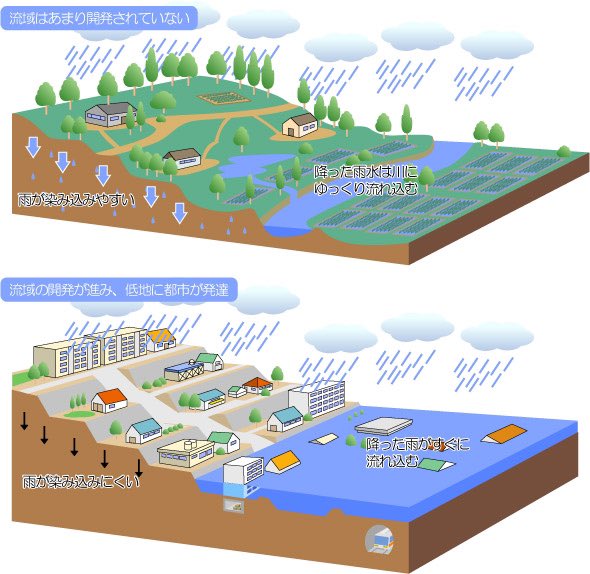This code is a Python interface to the SWMM5 hydrology and hydraulic simulation software. It uses the ctypes library to interface with the SWMM5 library, which is either a shared library file on Linux systems (libswmm5.so) or a dynamic-link library file on Windows systems (swmm5.dll). The code provides several functions to run and control the SWMM5 simulation, such as run, open, step, end, close, and report. It also provides functions to retrieve information from the simulation, such as getMassBalErr, getWarnings, getError, getValue, getSavedValue, and decodeDate. Additionally, the code includes several constants that are used to specify the type of objects and properties in the simulation.
| Index Name | Integer Value | Description |
|---|---|---|
| GAGE | 0 | |
| SUBCATCH | 1 | |
| NODE | 2 | |
| LINK | 3 | |
| SYSTEM | 100 | |
| JUNCTION | 0 | |
| OUTFALL | 1 | |
| STORAGE | 2 | |
| DIVIDER | 3 | |
| CONDUIT | 0 | |
| PUMP | 1 | |
| ORIFICE | 2 | |
| WEIR | 3 | |
| OUTLET | 4 | |
| GAGE_RAINFALL | 100 | |
| SUBCATCH_AREA | 200 | |
| SUBCATCH_RAINGAGE | 201 | |
| SUBCATCH_RAINFALL | 202 | |
| SUBCATCH_EVAP | 203 | |
| SUBCATCH_INFIL | 204 | |
| SUBCATCH_RUNOFF | 205 | |
| SUBCATCH_RPTFLAG | 206 | |
| NODE_TYPE | 300 | |
| NODE_ELEV | 301 | |
| NODE_MAXDEPTH | 302 | |
| NODE_DEPTH | 303 | |
| NODE_HEAD | 304 | |
| NODE_VOLUME | 305 | |
| NODE_LATFLOW | 306 | |
| NODE_INFLOW | 307 | |
| NODE_OVERFLOW | 308 | |
| NODE_RPTFLAG | 309 | |
| LINK_TYPE | 400 | |
| LINK_NODE1 | 401 | |
| LINK_NODE2 | 402 | |
| LINK_LENGTH | 403 | |
| LINK_SLOPE | 404 | |
| LINK_FULLDEPTH | 405 | |
| LINK_FULLFLOW | 406 | |
| LINK_SETTING | 407 | |
| LINK_TIMEOPEN | 408 | |
| LINK_TIMECLOSED | 409 | |
| LINK_FLOW | 410 | |
| LINK_DEPTH | 411 | |
| LINK_VELOCITY | 412 | |
| LINK_TOPWIDTH | 413 | |
| LINK_RPTFLAG | 414 | |
| STARTDATE | 0 | |
| CURRENTDATE | 1 | |
| ELAPSEDTIME | 2 | |
| ROUTESTEP | 3 | |
| MAXROUTESTEP | 4 | |
| REPORTSTEP | 5 | |
| TOTALSTEPS | 6 | |
| NOREPORT | 7 | |
| FLOWUNITS | 8 | |
| CFS | 0 | |
| GPM | 1 | |
| MGD | 2 | |
| CMS | 3 | |
| LPS | 4 | |
| MLD | 5 |

